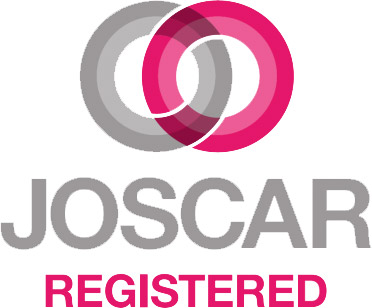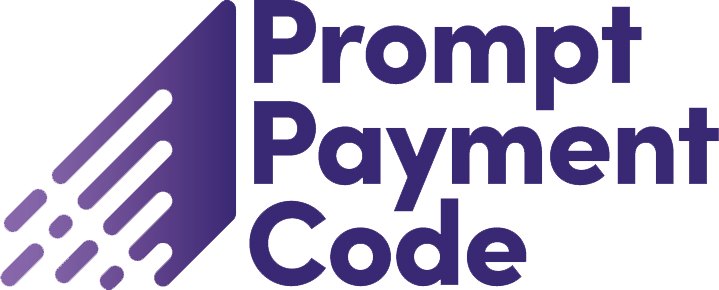Every business faces risks that could threaten its success. As business owners, we are all too aware of strategic risks – a new competitor entering the market – through to the financial and operational risks we face. Risk is all too often something we aim to avoid or react to.
However, truly agile businesses consider risk management as a core element of their business strategy. Risk management is proactive, helping you identify the possible events that could impact your business. It also increases the likelihood of successfully achieving your businesses objectives. From protecting your reputation through to driving resiliency, here’s how risk management can help boost profitability.
How risk management improves profitability
Risk management can help profitability in a number of strategic ways.
Improving efficiency
By being unprepared for risk, your best people can be drawn into those reactive, firefighting issues, diverting them away from your core business objectives. For example, if a product is delivered late to a customer your account managers will be diverted to dealing with the crisis in order to protect your reputation, rather than on building their reach within the customer to gain additional new business contracts.
Reducing costs
Risks can also give rise to unexpected costs. They often bring with them the need to pay your staff overtime or buy in expensive expertise at short notice to resolve the issues.
Enhancing stakeholder confidence / protecting reputation
Understanding the potential risks that may impact your ability to deliver a product, service or project means you can set realistic expectations on the delivery date and the cost. For example, at Risk Decisions we use this to determine the scope of software releases. This enhances the confidence we have internally between the software development and the business development teams. It also informs how we manage our customers’ expectations, thus improving their confidence in our promises and our business.
All businesses are part of a supply chain and each link exposes your business, suppliers and customers alike. You can increase your competitiveness and profitability by being able to demonstrate your risk management processes and capability, especially when working with major organisations or within the public sector.
Building a risk management mind-set
So how do you go about shaping a risk management strategy for profitability? As business owners, change is a constant – and a major cause of risk. Your market place, competition, people, finances – organisations need to constantly test their resilience to change and question assumptions they have made which might reduce their ability to respond to any change.
Leading profitability
When it comes to ensuring risk management is supporting profitability, delegate ownership to a team member. This should be someone in the management team who has the ability and respect to step back and be the devil’s advocate. Operations directors work well. It’s best not to go with an MD or CEO as they can have the tendency to be over-confident about the accuracy of forecasts, and at times, over-optimistic about the ability to manage the risks.
It’s about having accountability for identifying things that go wrong, being prepared to ask the awkward questions and challenge pre-existing assumptions made.
Ultimately, risk management is most effective when it is a continuous and disciplined process that becomes business as usual. When utilised in a proactive way, it avoids the need for time-consuming and costly crisis management, instead leading to greater resilience, stronger reputation, more effective business outcomes and ultimately, greater profitability.
By Val Jonas, CEO and co-owner, Risk Decisions
First published in FreshBusinessThinking.com 11th October 2016











